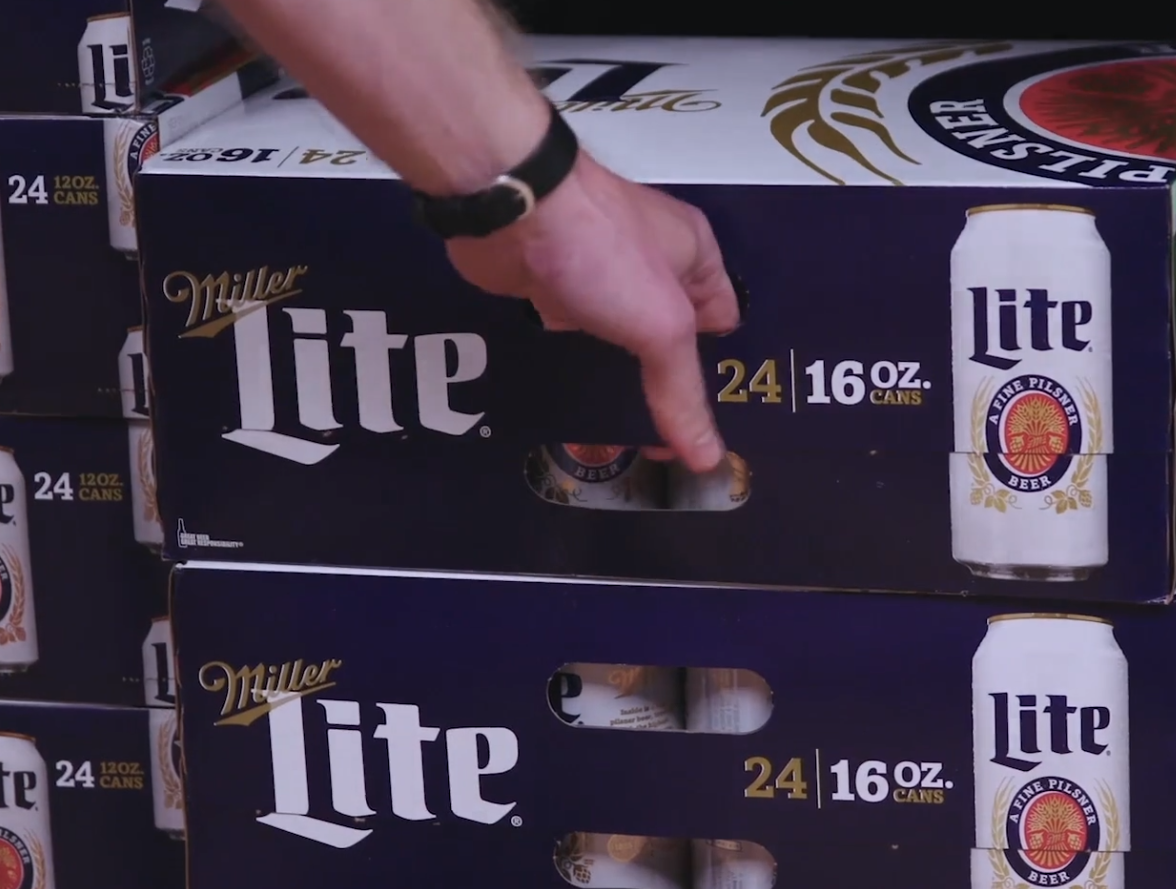When the world shut down in March and early April, convenience stores absorbed a double punch to their beer sales. With stay-at-home orders in full effect, traffic plummeted. At the same time, widespread uncertainty that enveloped the country after the novel coronavirus reached pandemic status triggered the Great Stock-Up of 2020, in which consumers skipped their typical C-store trips in favor of pantry-loading hauls to grocers and other large-format retailers.
As a result, the channel — the largest for beer — lost out on a substantial amount of revenue, most of which was lost to the grocery channel, where sales growth nearly doubled that of convenience, according to Nielsen data.
“Once COVID hit, we saw an overnight shift into large format and the big stock-up trips,” says Jim Hughes, Molson Coors vice president of national accounts for the convenience channel.
But in the weeks and months since, C-stores have come roaring back. Beer sales in the channel were up 16.7% in the four weeks ended Aug. 1, outpacing beer growth in other major channels for the fifth consecutive week, according to a recent report from Danelle Kosmal, vice president of Nielsen’s beverage alcohol practice.
As the pandemic wore on, “consumers were looking for a safe and convenient environment they could pick up beer for their take-home occasions – somewhere they could get in and out quickly,” Hughes says. “For C-stores, the beer category quickly became so significant, and since March it has been the No. 1 growth driver in the channel” accounting for some $1.4 billion in additional revenue so far this year. That’s four times the incremental sales dollars generated by spirits and 14 times wine, data show.
The key driver? Multipacks, which are growing at a nearly 25% clip in dollar sales, driven by a spike in at-home consumption, Hughes says.
To keep that momentum going, Molson Coors has been working with retailers to sell in additional multipacks, the configurations that drinkers are demanding in the COVID era, Hughes says. C-stores, meanwhile, are carving out additional space throughout their typically limited footprint to make way for more large packs of beer, helping to ensure they stay in stock amid heightened demand that’s expected to continue.
The major focus has been behind supporting big brands like Miller Lite, Coors Light and Blue Moon, which have flourished in the off-premise in recent months as consumers flocked to larger packs of trusted brands, data show.
Three in four shoppers say beer has caused them to make a trip to the store and the majority of customers report they have a brand or pack in mind before they enter, Hughes says. “With smaller footprints and limited assortment, it’s even more important for convenience stores to get the right products on shelf.”
But it’s not just the traditional workhorses carrying the load – the above-premium segment, led by hard seltzers like White Claw, Truly, Bud Light Seltzer and Molson Coors’ fast-selling Vizzy, continues to thrive. On top of that, innovations like Blue Moon LightSky — the top craft growth brand in the channel this year, per Nielsen, and a recipient of Convenience Store News’ Best New Products Awards in 2020 — also are moving the needle.
“Not only do we need to lean into our core brands, which we’re seeing accelerate rapidly, we need to keep our focus on innovation,” Hughes says. “Vizzy and Blue Moon LightSky are both off to tremendous starts out of the gate, and we have a lot of confidence and retailer buy-in on Coors Seltzer, which is on the way.”
Hughes says Molson Coors expects the multipack trend in C-stores to continue through the fall as the pandemic persists and pocketbooks tighten amid a recession.
And although single-serve cans — “a critical package for our C-store customers to drive traffic and margin” — are up just 7% this year, they remain a key focus for the channel, Hughes says.
“We want to make sure we’re satisfying consumer demand across all segments with a balanced approach,” Hughes says. “That means we cannot lose sight of the importance of singles, because we know that singles occasion is going to come back. We need to execute our strategy to ensure we’re ready when the consumer is ready and we’re set up to win.”

